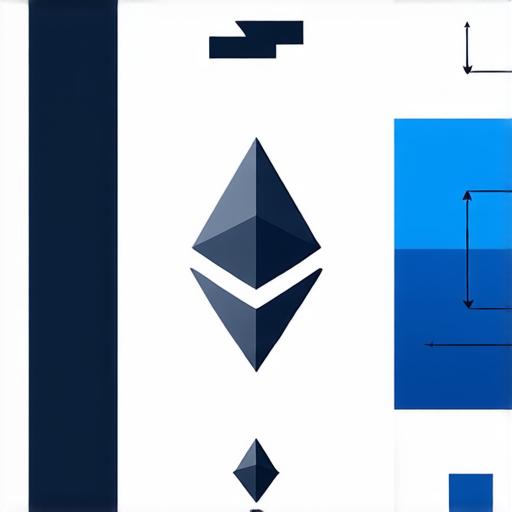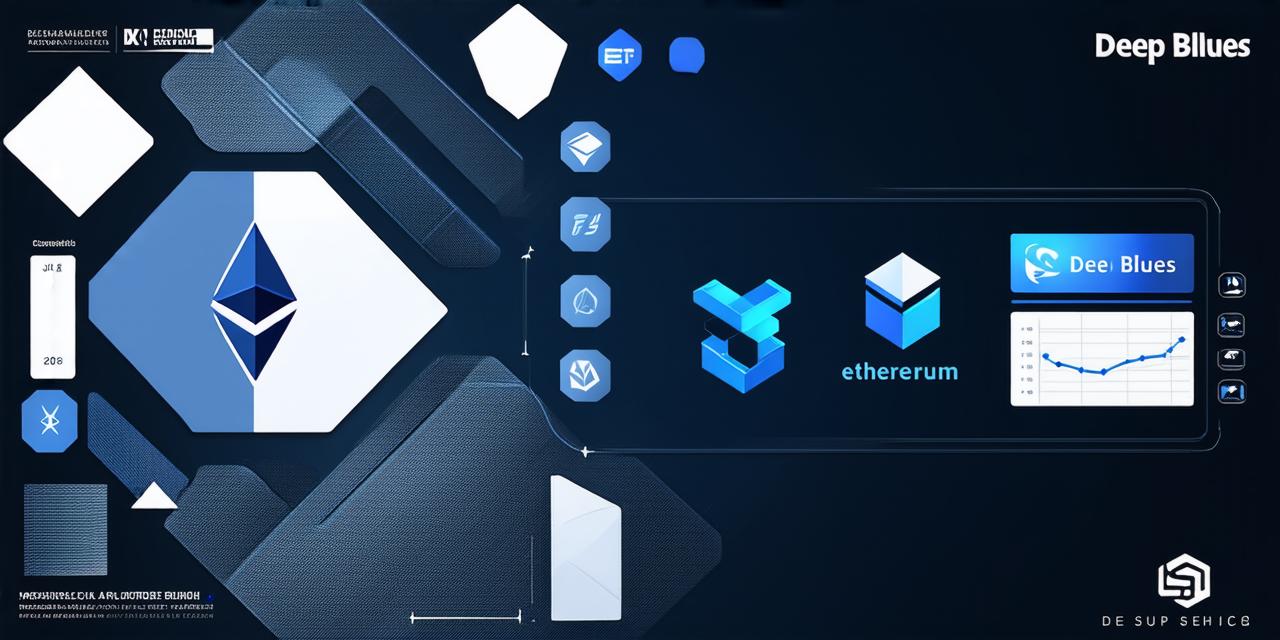Introduction
The Ethereum blockchain is a decentralized, distributed ledger that enables the creation of smart contracts and decentralized applications (DApps). As an Ethereum developer, it’s crucial to understand how the blockchain works, how data is stored on it, and how transactions are processed. In this article, we will provide you with a comprehensive guide on how to read the Ethereum blockchain, covering topics such as:
- Understanding the basic structure of the Ethereum blockchain
- Reading the contents of a block on the Ethereum blockchain

- Understanding how data is stored and retrieved from the Ethereum blockchain
- Analyzing transaction logs on the Ethereum blockchain
- Debugging and troubleshooting common issues with the Ethereum blockchain
Understanding the Basic Structure of the Ethereum Blockchain
At its core, the Ethereum blockchain is a decentralized network of nodes that maintain a shared database of transactions. Each transaction on the Ethereum blockchain is represented as a block, which contains a timestamp, the hash of the previous block, and a list of transactions. The structure of an Ethereum block is illustrated in Figure 1:
Figure 1: Structure of an Ethereum Block

To understand how the Ethereum blockchain works, it’s essential to know about its underlying protocol and consensus mechanism. The Ethereum blockchain uses a Proof-of-Work (PoW) consensus algorithm, which requires miners to solve complex mathematical problems to validate transactions and add new blocks to the chain. Once a miner successfully validates a transaction, they are rewarded with Ether (ETH), the native cryptocurrency of the Ethereum network.Reading the Contents of a Block on the Ethereum Blockchain
Each block on the Ethereum blockchain contains a list of transactions and other information related to the state of the network. To read the contents of a block, you can use an Ethereum client such as Ganache or Truffle. These clients provide tools for interacting with the Ethereum blockchain, including querying the contents of a block.
To query the contents of a block in Ganache, you can use theeth.block()function, which returns a JSON object containing all the information about a particular block. For example:
javascript
const web3 = new Web3();
const blockNumber = ‘1234567890’; // replace with the desired block number
web3.eth.block(blockNumber).then((block) => {
console.log(‘Block contents:’, block);
});
This code retrieves the JSON object for the specified block and logs it to the console.
Reading Data from the Ethereum Blockchain
In addition to transactions, the Ethereum blockchain contains other data related to the state of the network, including the balances of accounts and the values of smart contracts. To read this data, you can use a web3 library such as web3.js or ethers.js to query the blockchain directly.
For example, using web3.js, you can retrieve the balance of an account by calling the eth.balanceOf() function:
javascript
const web3 = new Web3();
const accountAddress = ‘0x1234567890’; // replace with the desired account address
web3.eth.balanceOf(accountAddress).then((balance) => {
console.log(‘Account balance:’, balance);
});
This code retrieves the balance of the specified account and logs it to the console.
You can also retrieve the values of smart contracts by calling the eth.call() function, which sends a read-only transaction to the contract:
javascript
const web3 = new Web3();
const contractAddress = ‘0x1234567890’; // replace with the desired contract address
const data = ‘0x12345678’; // replace with the desired input data for the contract
web3.eth.call({
to: contractAddress,
value: 0,
gas: 1000000,
gasPrice: 1000000000,
from: ‘0x1234567890’,
data,
}).then((result) => {
console.log(‘Contract result:’, result);
});
This code sends a read-only transaction to the specified contract with the input data data, and logs the resulting JSON object to the console.
Analyzing Transaction Logs on the Ethereum Blockchain
In addition to reading the contents of a block, you can also analyze the transaction logs for a particular address or contract. The Ethereum blockchain maintains a record of all transactions, including both successful and failed transactions. This information can be useful for debugging issues with smart contracts and identifying patterns in user behavior.
To view transaction logs for an account or contract, you can use an Ethereum client such as Ganache or Truffle to connect to the network and query the logs. For example, using Ganache, you can view
